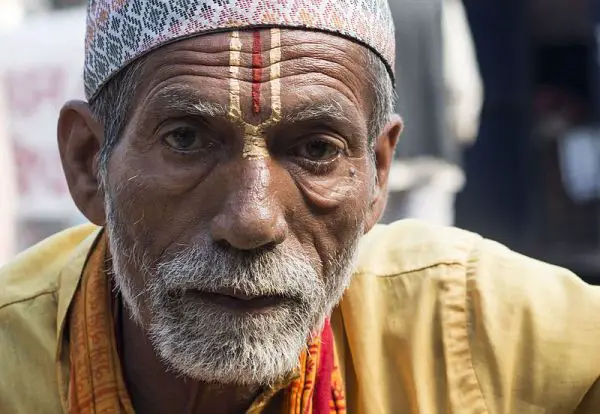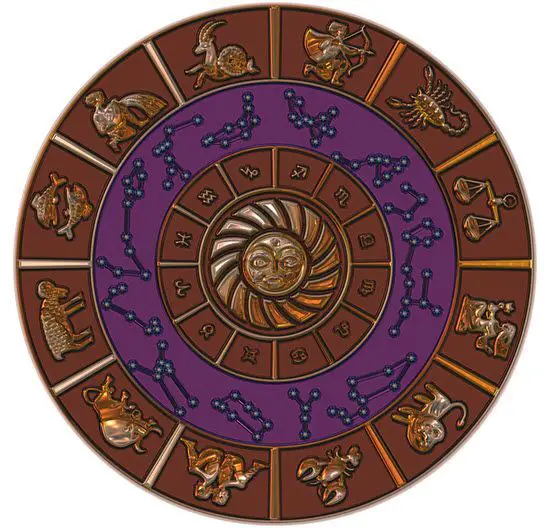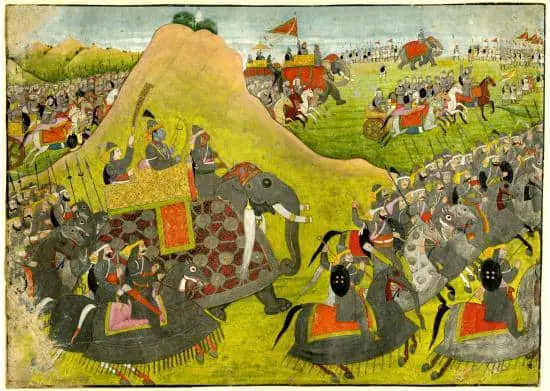Religious symbolism and iconography are the essential parts of every culture, religion, and race. These symbols reflect who you are and which culture you represent; moreover, they convey religious concepts and are representations of religious ideas and events. It can be a temporary mark like Tilaka on the body, a piece of cloth, or any kind of jewelry.
As far as Hinduism is concerned, every practice is considered a combination of Spiritualism, Math, and Science. Therefore, it is evident how Bhagvat Gita is the source of many discoveries and inventions. Furthermore, Vedas are texts prepared by extensive mathematical and scientific research.
This article will talk about a symbol associated with Hinduism, commonly used by Hindus- “Tilaka.”
Table of Contents
What is the meaning of a Tilaka?
It is a Sanskrit word derived from “Tilaka, ” meaning a mark; it is a very common practice in Hinduism. Males and females both apply Tilak most commonly on the forehead. It is applied on the Chest, Arms, and neck, apart from the forehead.

Types of Tilaka
There is no single type of Tilaka but multiple. All of them have their own significance and representation. Hinduism is majorly classified into 4 main sects or “sampradaya.”
Vaishnavism who follow Lord Vishnu, Shaivism include people who follow Lord Shiva, Shaktism who follow Devi Parvati (Shakti), and Smartism (five deities treated as the same). One’s sect can be identified by the type of Tilaka they carry.
There are basic Tilaks as well as complex tilaks. Basic can be drawn and applied by hand, but some complex tilaks are made up of some kind of metal. Ingredients and material also vary a lot when it comes to making a tilaka. Some common materials that a tilak constitutes are- sandalwood, ash, turmeric, Cow dung, etc.
Types Of Tilaka Applied On Forehead
- The first type of Tilaka can be seen on followers of Vishnu, which is made from gopi Chandan and consists of vertical lines which resemble the letter “U.” This Tilak basically represents Lord Vishnu’s foot. There can be a line in the center, but it is not common for all.
- The followers of Shiva apply a different type of Tilak. You will see three horizontal lines, which are known as Tripundra. This Tilak is made from ash or bhasma that is said to be loved by Shiva. A red dot can be seen on the lines, but it is not common for all.
Another way of representing oneself as Shiv Bhakti is wearing a crescent moon on the forehead, representing the moon worn by Shiva on his head.
- As mentioned above, women also wear different types of Tilakas. For example, in India, most married women wear a dot on their forehead, which shows their marital status.
- People who follow Shakti wear a dot on their forehead made from Kumkum, representing the powerful energy of Devi Parvati.
- Apart from these, there are other types of Tilak such as Raj Tilak and Vir Tilak. Raj Tilak is a part of the coronation ceremony of a king at the time of Rajyabhishek. Vir tilak by the name itself was applied to the brave, or it was applied to attain success for any task. According to Hindu customs and traditions, Tilaka is applied before any new beginning, a sign of good luck.
Significance Of Applying Tilak On Forehead
- Apart from representing a symbol, applying Tilak also has importance in religious aspects. Our body contains seven chakras which are known to circulate powerful energy throughout our body.
The area between eyebrows is considered a point where the most powerful chakra known as the Ajna chakra resides. Hence, connecting the application of Bindi or Tilak to holiness. Great saints have spent years meditating on the Ajna chakra for a long time to achieve stability.
- When we dive deep into sacred texts and literature, the center of the forehead is considered to be the Gurusthan, also known as the spot where Shiva resides in our body. Therefore, it is known as the point of consciousness, as Shiva is known as the Adi yogi. It is believed that meditating on the spot can make one rise from temporary pleasures and attain utmost awareness of self.
- All the Tilak ingredients have their individual importance and can significantly make a person calm and composed. For example, Chandan or sandalwood has magical cooling properties. It is applied at the center of the forehead. Every reason behind applying a tilak has some kind of scientific reason attached to it.
- In Hindu traditions, Tilak is used as a welcome sign and is applied to every guest or person’s forehead. In India, Atithi or a guest is considered God. Therefore, people worship God by applying Tilak, plus it is also believed to promote good health.
- Like Lord Shiva, it is believed that the center of our forehead is a spot for the third eye. It has enormous powers if controlled in the right way. The point is directly connected to our mental health and stability. Hence, it helps to retain good memory and concentration.
- Moreover, applying Tilaka ensures connecting with the divine energy as our own body is considered the temple of God. Those who connect with him realize the true purpose of their existence. Once the point is pressed between the eyebrows through the right application of a Tilak, a person witnesses a great impact on lifestyle.
Conclusion
It is amazing how a simple dot on the forehead can have immense health benefits and significance. Hinduism always had a blend of scientific and religious reasons in its culture and beliefs.
It might appear that with the help of science, people have made such great discoveries today, but if we go back to our history, our ancestors had a vast knowledge of many things which seem to be unusual today with the given resources and advancement in those days. Therefore, the article reminds us to stay connected to our roots and make an effort to understand and follow what our religion teaches us to live a healthy and fulfilled life.





